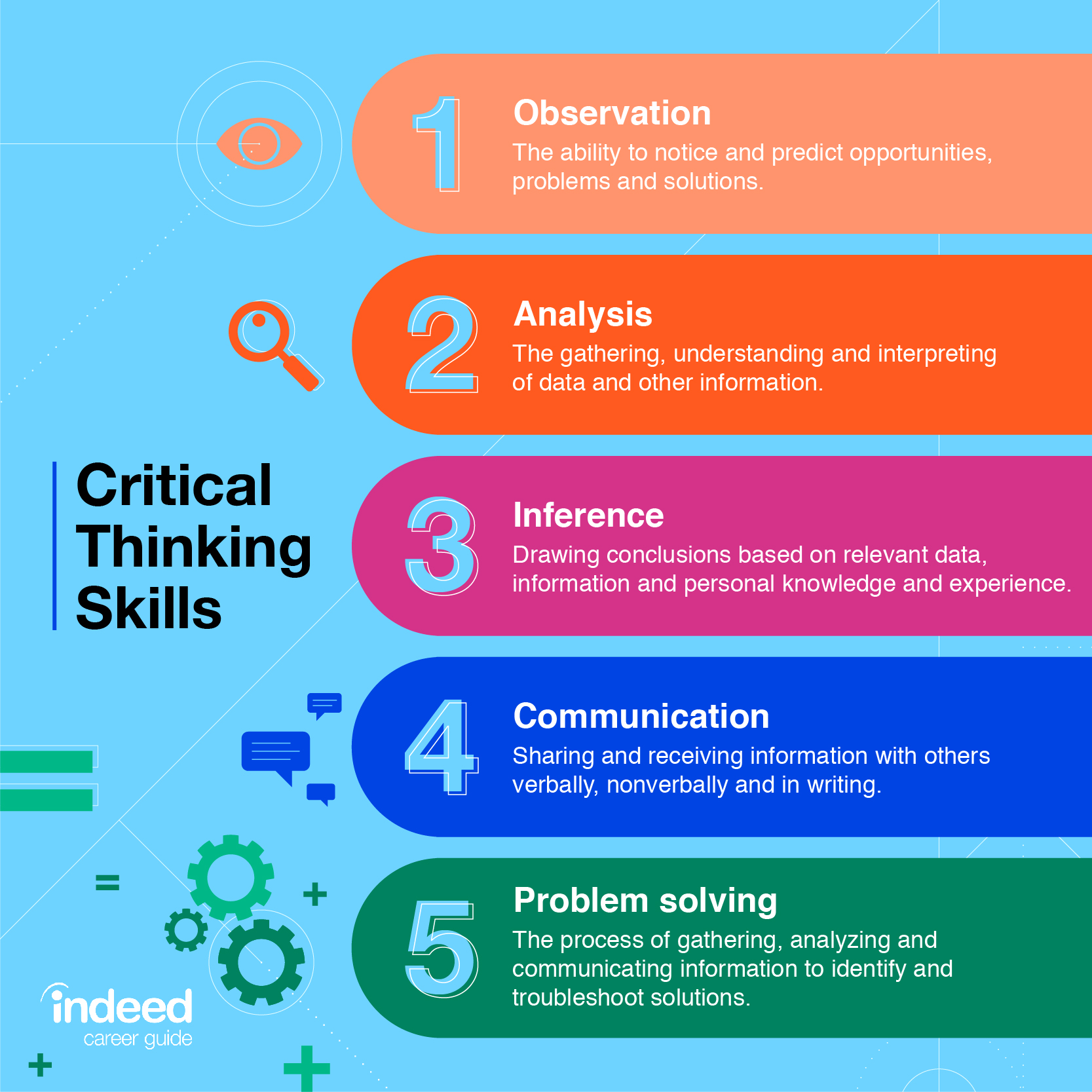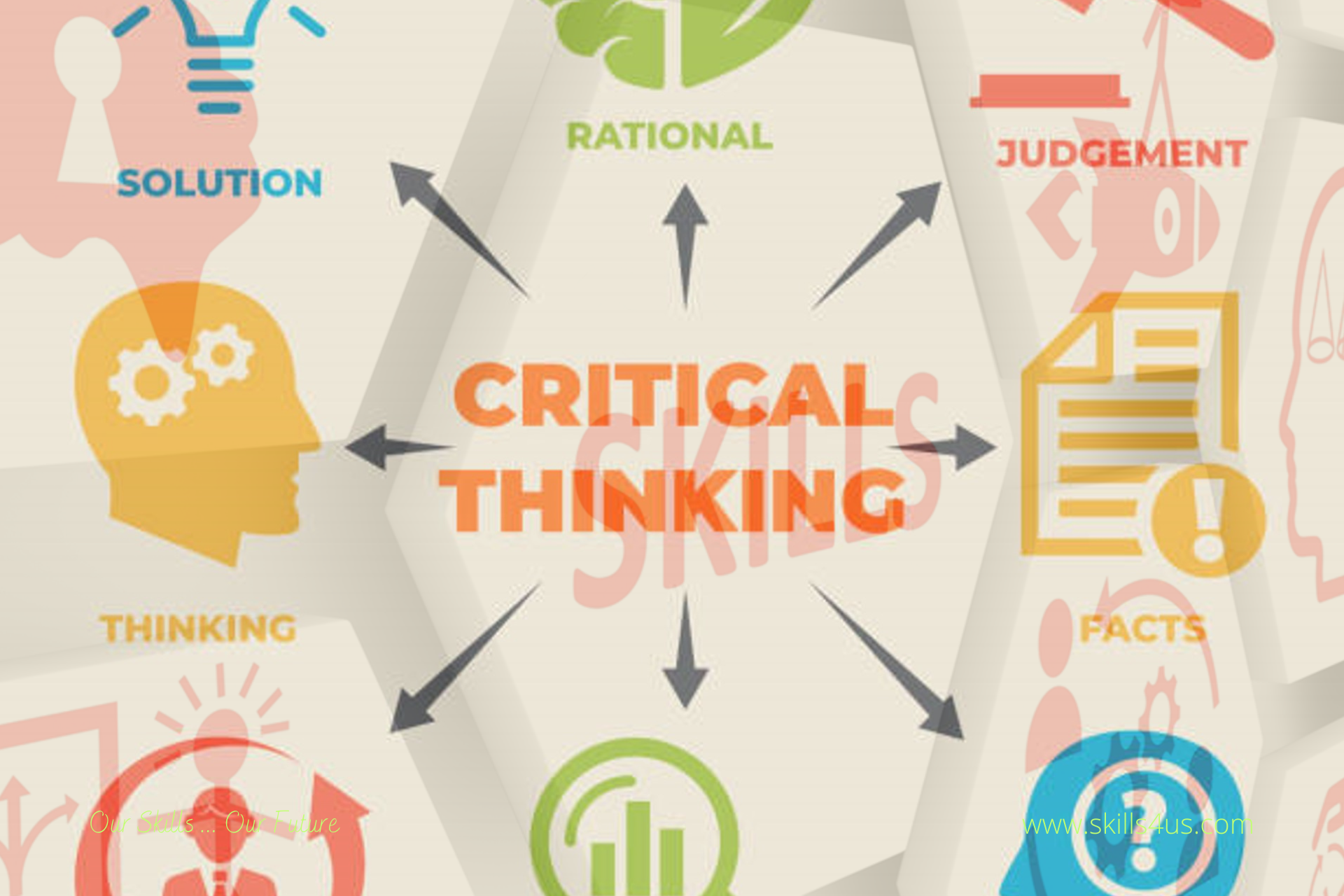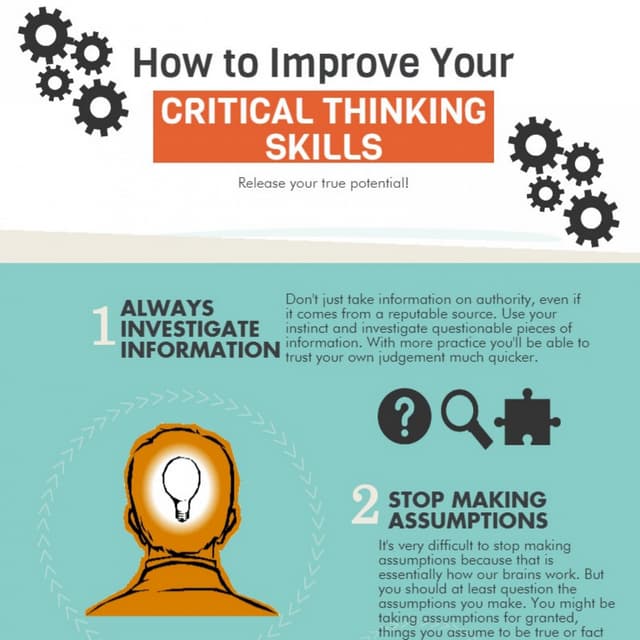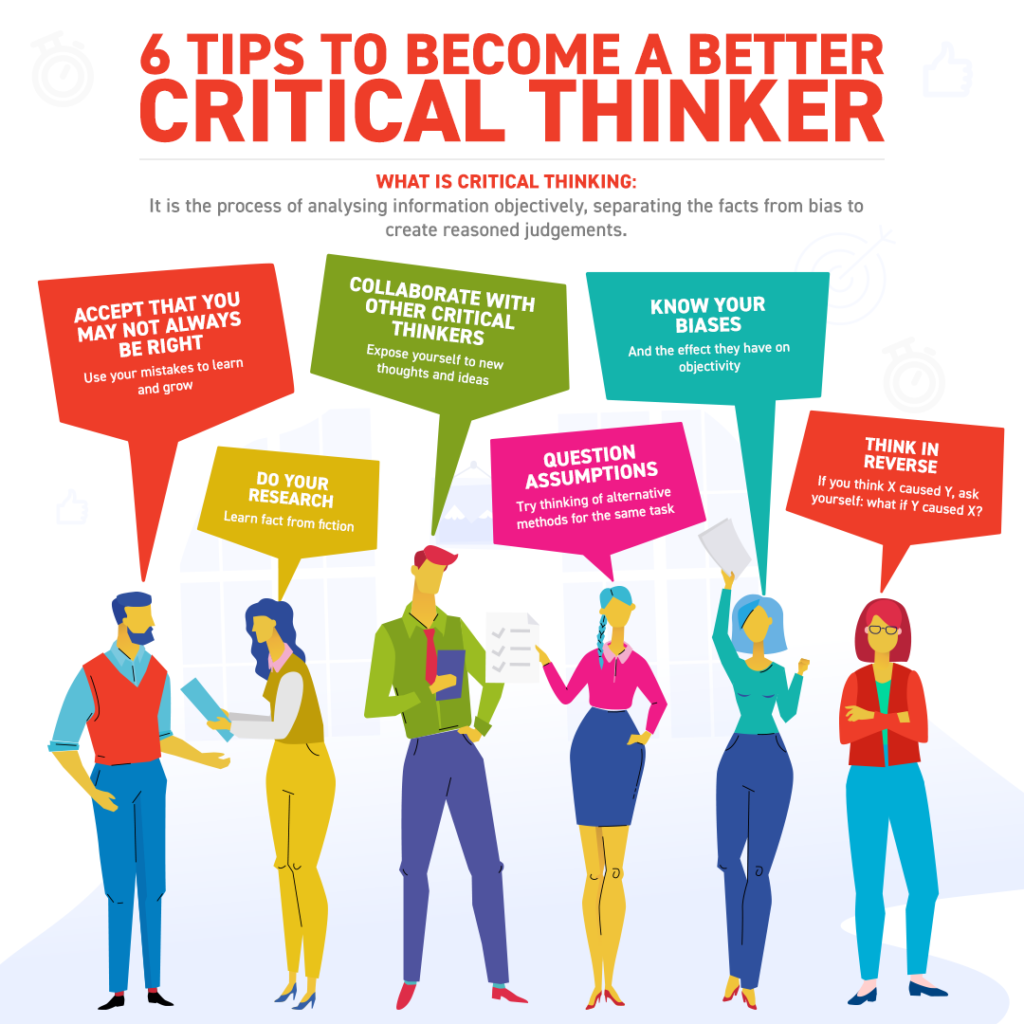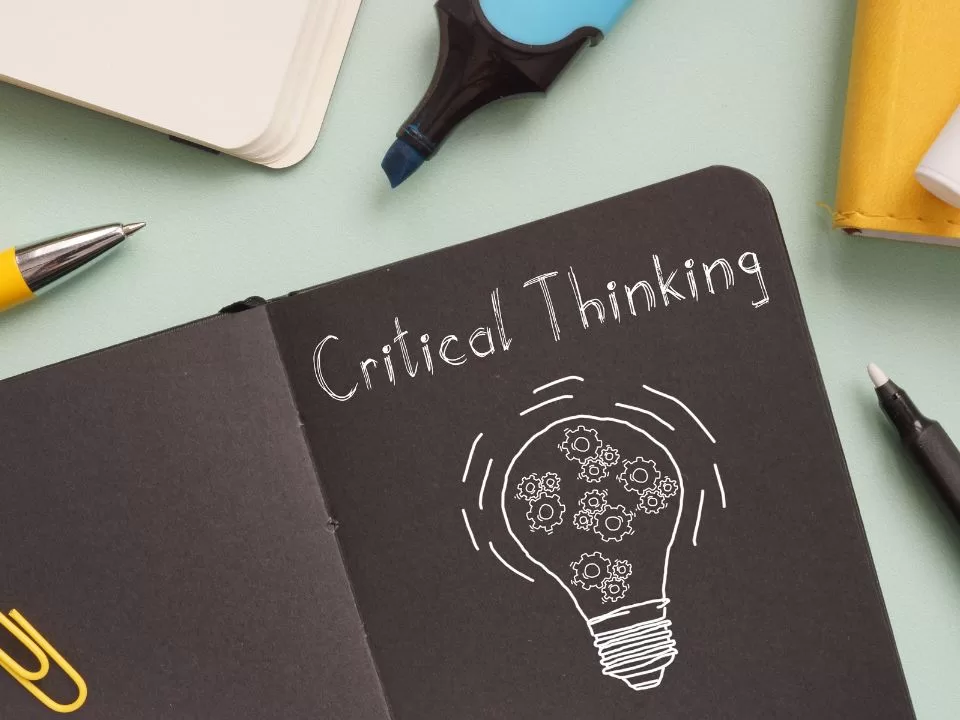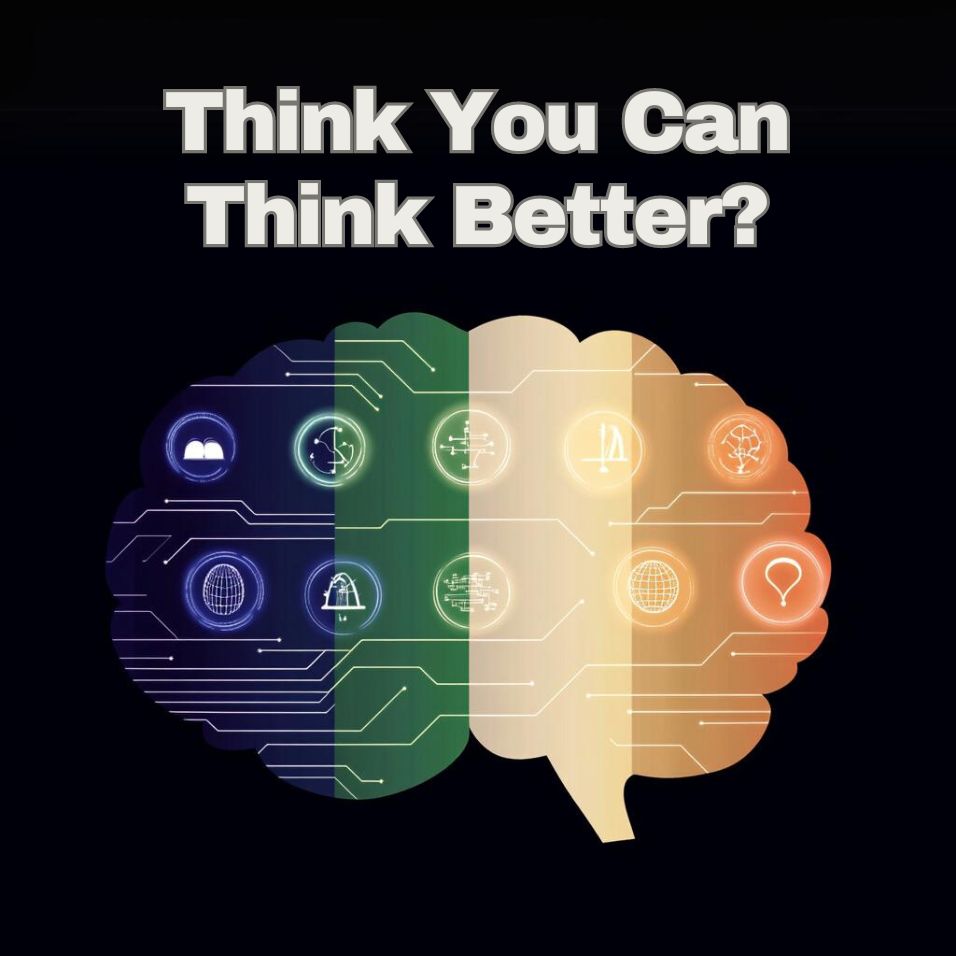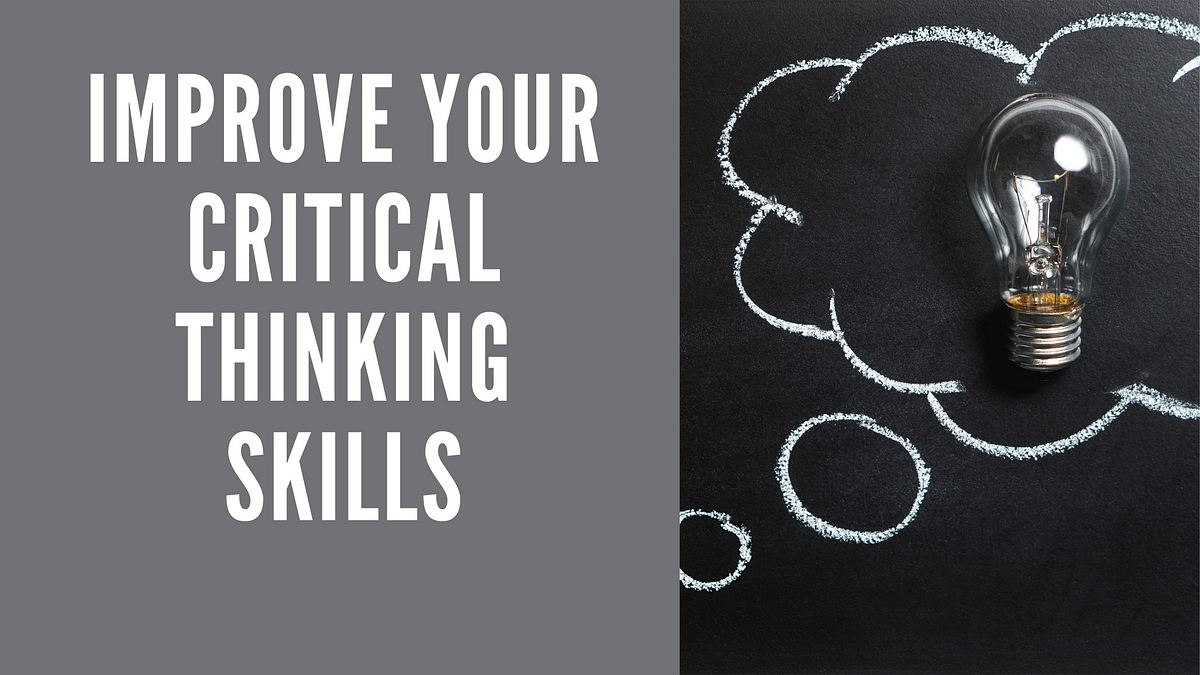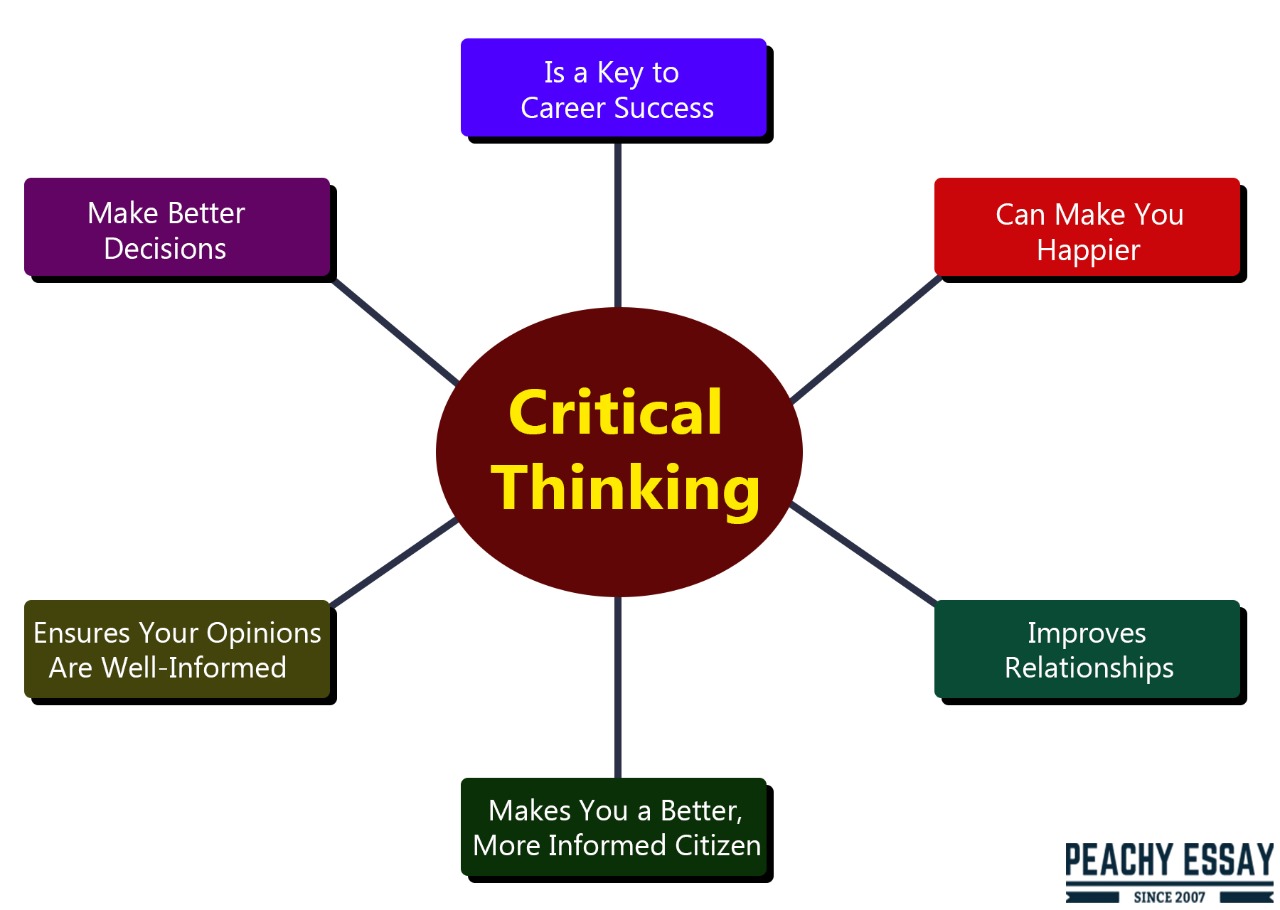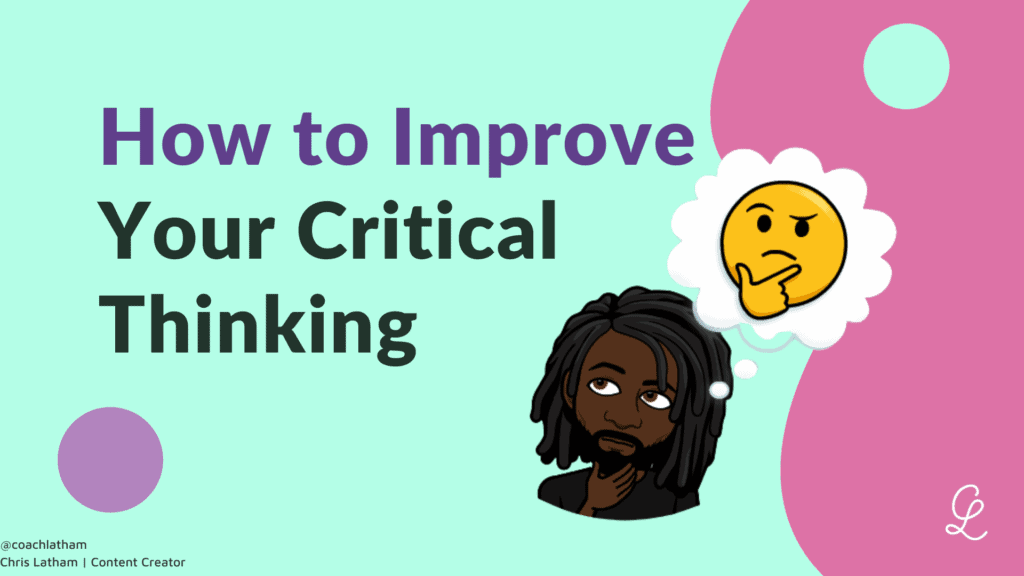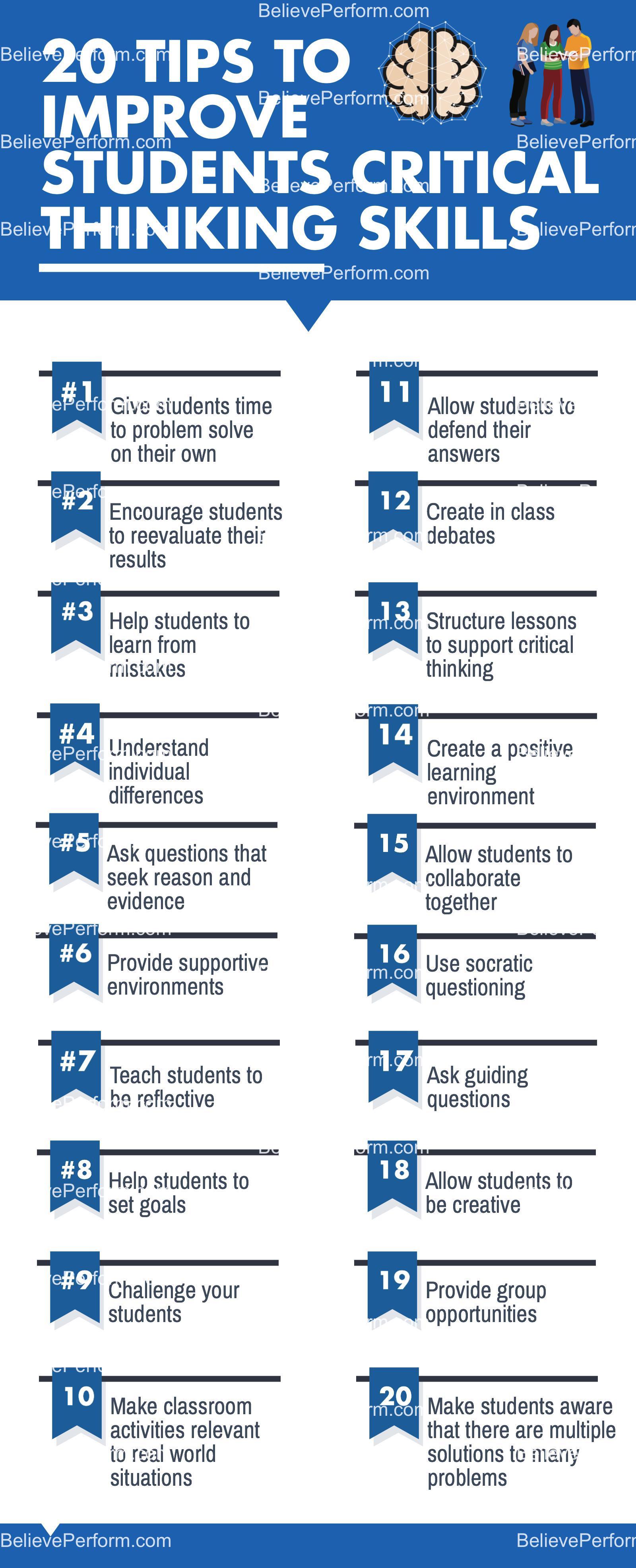How Can You Improve Your Critical Thinking

Sharpen your mind now: critical thinking skills are no longer a luxury but a necessity. Employers demand it, problem-solving requires it, and navigating an increasingly complex world depends on it.
This article provides actionable strategies to immediately improve your critical thinking abilities. We'll cover techniques for analyzing information, questioning assumptions, and forming well-reasoned judgments, empowering you to make better decisions in all aspects of your life.
Understanding the Foundation
What exactly is critical thinking? It's the ability to analyze information objectively and form a reasoned judgment.
It involves evaluating sources, identifying biases, and considering different perspectives before reaching a conclusion.
Active Questioning
Don't passively accept information. Ask "Why?" and "How?" regularly.
Challenge assumptions and seek out evidence to support claims. This practice fosters deeper understanding and reveals potential flaws in arguments.
Source Evaluation
Not all information is created equal. Scrutinize your sources.
Consider the author's expertise, potential biases, and the reliability of the publication. Look for corroborating evidence from multiple independent sources.
Perspective Taking
Step outside your own viewpoint. Actively seek out and consider alternative perspectives.
This helps you identify your own biases and develop a more nuanced understanding of complex issues.
Practical Techniques for Improvement
The 5 Whys
This technique, popularized by Toyota, involves repeatedly asking "Why?" to drill down to the root cause of a problem.
By asking "Why?" five times, you can uncover layers of complexity and identify the core issue that needs to be addressed.
SWOT Analysis
SWOT (Strengths, Weaknesses, Opportunities, Threats) is a framework for evaluating the internal and external factors that affect a situation.
Using SWOT can help you identify potential problems and opportunities, enabling you to make more informed decisions.
Argument Mapping
Visually represent arguments using diagrams. This helps you break down complex arguments into smaller, more manageable parts.
Argument mapping reveals the logical structure of an argument, making it easier to identify strengths, weaknesses, and potential fallacies. Resources like MindManager and free online tools can assist in creating these maps.
Cultivating a Critical Thinking Mindset
Embrace Intellectual Humility
Acknowledge the limits of your knowledge. Be willing to admit when you are wrong.
This openness to learning is essential for critical thinking. It allows you to revise your beliefs based on new evidence.
Practice Mindfulness
Pay attention to your thoughts and emotions. Be aware of how they might be influencing your judgment.
Mindfulness helps you detach from your biases and make more objective decisions. Meditate for 10 minutes daily can improve focus and objectivity.
Seek Out Diverse Experiences
Expose yourself to new ideas and perspectives. Travel, read widely, and engage in conversations with people from different backgrounds.
Broadening your horizons can challenge your assumptions and help you develop a more flexible and open mind.
Next Steps
Begin incorporating these techniques into your daily routine. Practice evaluating information, questioning assumptions, and considering different perspectives.
Continual learning and practice are key to developing and honing your critical thinking skills. The Foundation for Critical Thinking offers resources and workshops for continued improvement.

